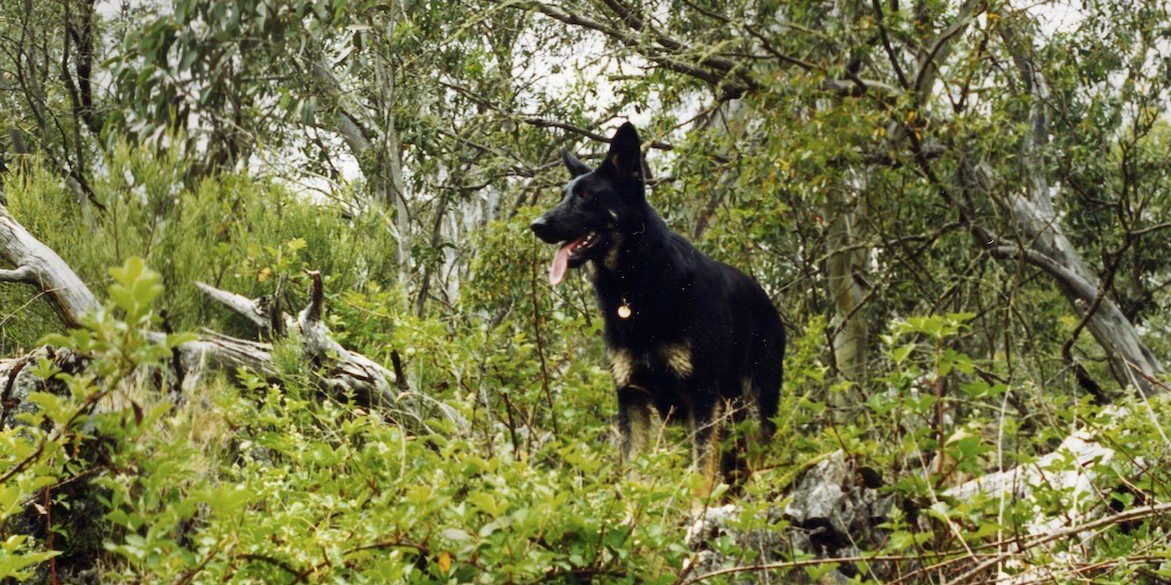Man’s best friend is battling one of man’s worst enemies – obesity. Like people, overweight dogs are at risk for health problems, from arthritis to heart disease. This is one challenge you and your pet can face together.
When making your dog your exercise buddy, step one is a trip to the vet. Your vet can evaluate your dog for any heart, lung, or other health problems. It’s also important to check for signs of arthritis or musculoskeletal disease. A dog with inflamed joints or ligaments may require a low-impact exercise plan.
Develop a workout routine that’s realistic, considering your job schedule and other demands on your time. Also consider your dog’s needs – working breeds and young dogs usually need a lot of exercise. Start with a short-term goal of exercising just five or 10 minutes every day. Gradually work up to 30 minutes on most days of the week. Keep in mind that deep-chested breeds, such as Danes or Doberman pinschers, should not exercise right after meals.
Fetch – Fetching a ball or favourite toy over and over can be great exercise for your dog. But it doesn’t do much for you, if you’re just standing there tossing. Instead, make a game of fetch part of your home workout routine. Do lunges or abdominal crunches as you throw the ball. You might build more muscle by throwing a heavy ball, but a soft, lightweight toy is safest for your dog’s mouth.
Walking – Brisk walking is an ideal exercise for human and hound. The benefits include a stronger heart, lower blood pressure, more energy, denser bones, and a lower risk of depression. In dogs, regular walks can also reduce common behaviour problems. There’s no set rule for how far or how long a dog should walk. Just work slowly toward a goal and slowly increase your speed and how far you walk. A trip to the vet for your dog and a doctor’s checkup for you is recommended before starting an exercise program.
Jogging – Not all dogs are built to jog. Greyhounds, for example, are pros at short-distance sprinting, but can get tired during long-distance runs. If you want to jog with your dog, choose a breed that is suited to distance-running, such as a Labrador. Wait until your pup is full grown and then gradually build up to a 30-minute excursion. This should include five minutes of warm-up, 20 minutes of jogging, and five minutes of cool-down. Remember that dogs can’t sweat, so avoid the hot times of the day and stop if your dog is lagging behind you.
Agility Training – Agility training is another popular goal-oriented sport. Your dog races through an obstacle course with ladders, hurdles and tunnels, while you run alongside offering praise and encouragement. The fast pace provides both of you with an excellent cardiovascular workout, while your dog also develops improved coordination. Participate in organised competitions or look for a park with an agility course you can use on your own time.
Dog Park – To offer a chance for off-leash play, find a local dog park. Off-leash running and playing lets your dog set their own pace, so they can burn energy, then rest when tired. Other perks include the chance to socialise and the mental stimulation that comes with unfettered exploration. Dog owners also get a workout trying to keep up with their pets. It’s a good idea to complete some obedience training before allowing your dog off-leash.
Other forms of exercise that you may find fun include:
- Swimming – An all-in-one workout, especially beneficial for people or dogs with arthritis.Doga – a gentle exercise incorporating your pet into yoga poses.
- Hiking – most dogs love to go out and find new smells.
- Cycling or Rollerblading – as long as you can get your dog to run alongside you without pulling on its leash.
- Soccor – you kick the ball and your dog tries to push it back with his nose or paws.
Just like people, dogs are susceptible to dehydration and heat exhaustion. On hot days, bring a water bottle and foldable drinking bowl or stick to places with a public water source. Signs of dehydration in dogs include excessive panting, confusion, weakness, and collapse. Brachycephalic or short-faced breeds, such as bulldogs and boxers, are especially vulnerable because they don’t pant efficiently.
Long walks on rough surfaces can damage a dog’s paws. Start slowly. If you work your way up to longer walks, most dogs will develop thicker pads on their feet and not have problems. On hot days, avoid too much contact with asphalt or sand. And if you venture onto very rough surfaces, consider buying a set of dog booties.
When exercising with your dog, watch for signs that one of you may be overdoing it. You may be working too hard if you are too breathless to carry on a conversation. Your dog may be overworked if he is breathing fast, panting excessively, staggering, or refusing to follow you. If either of you are stiff, sore, or exhausted for hours after a workout, take it easier next time.

